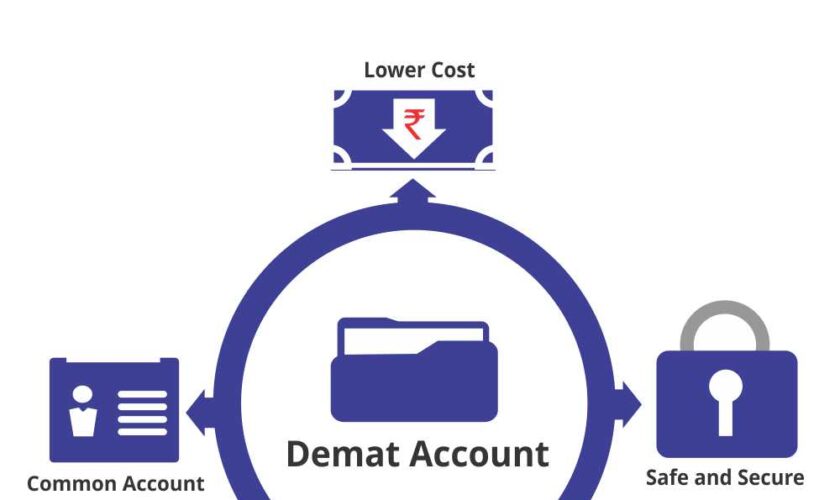Demat account is a fundamental necessity for putting resources into the Indian financial exchange. The dematerialized account is like a financial balance where shares supplant genuine cash. A dematerialized account works with trading shares, blocking bulky desk work and useless deferrals. It would help if you moved toward the DPs (Depositary Members), to open your Demat account. However, before you do so, you need to know the demat account charges online.
Accounts Expected To Open Demat account
Opening a dematerialized or trading view representing exchanging the Indian offer market is essential as basic as opening an investment funds ledger. You can open a Demat account with a bank or a store member (DP). Alongside the application structure, the following reports are expected to open a dematerialized account:
- Properly filled application structure.
- Copies of identification, skillet card (obligatory), and driving permit for personality confirmation.
- Copies of visa, phone bill, driving permit, and elector ID card for home confirmation.
- Photos of the individual of identification size.
- Subtleties of the financial balance, which is to be connected with the Demat account.
- Dematerialised Record Opening Expense
- Dematerialized account opening charges can be isolated into four principal classes.
- Dematerialized Opening and Documentation Cost
This is a one-time charge to be paid while opening a dematerialized account. It relies upon store member regardless of whether he considers opening charge. The more significant part of the banks and Stock Exchanging Specialists take no expenses to open dematerialized accounts. Yet, some might charge an ostensible amount for the stamp paper on which you should execute the agreement with the dealer with Trading.
Yearly Support Expenses
The yearly upkeep cost is expected to pay toward the start of the year. Be that as it may, a few banks and specialists might charge an expense for every month or quarter.
Overseer Expense
The overseer expense is charged consistently and it relies upon the number of protections held in the record.
Exchange expenses
Exchange expense is the charge for offers from your DP account. According to SEBI not, an intermediary or bank might charge expenses for Credit of Offers. Thus, don’t be tricked by the specialists who guarantee to offer “free credit of offers”. The exchange costs are from 0.02% to 0.04% of exchange esteem subject to a base charge of Rs.12 to Rs.25 per exchange.
A few significant focuses:
- Notwithstanding the essential expenses, as a made sense of above, you should cover the help duty and training cess.
- Many banks forgo the charges yearly to keep the prior year.
- You might need to pay extra for actual record articulations, yet assuming you choose e-proclamations, you do want to avoid paying any expenses.
- If you now have an Exchanging and DP account with a similar dealer, you can save huge sums on AMC and exchange charges.
Numerous web-based dealers offer lower expenses from the start, yet they can charge again it later. Subsequently, while picking an intermediary or bank to open another dematerialized account, you should consider all elements, like help, comfort, and the recurrence and volume of exchanges, instead of pursuing choices dependent exclusively upon cost TradingView.


